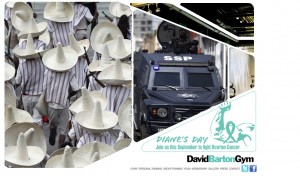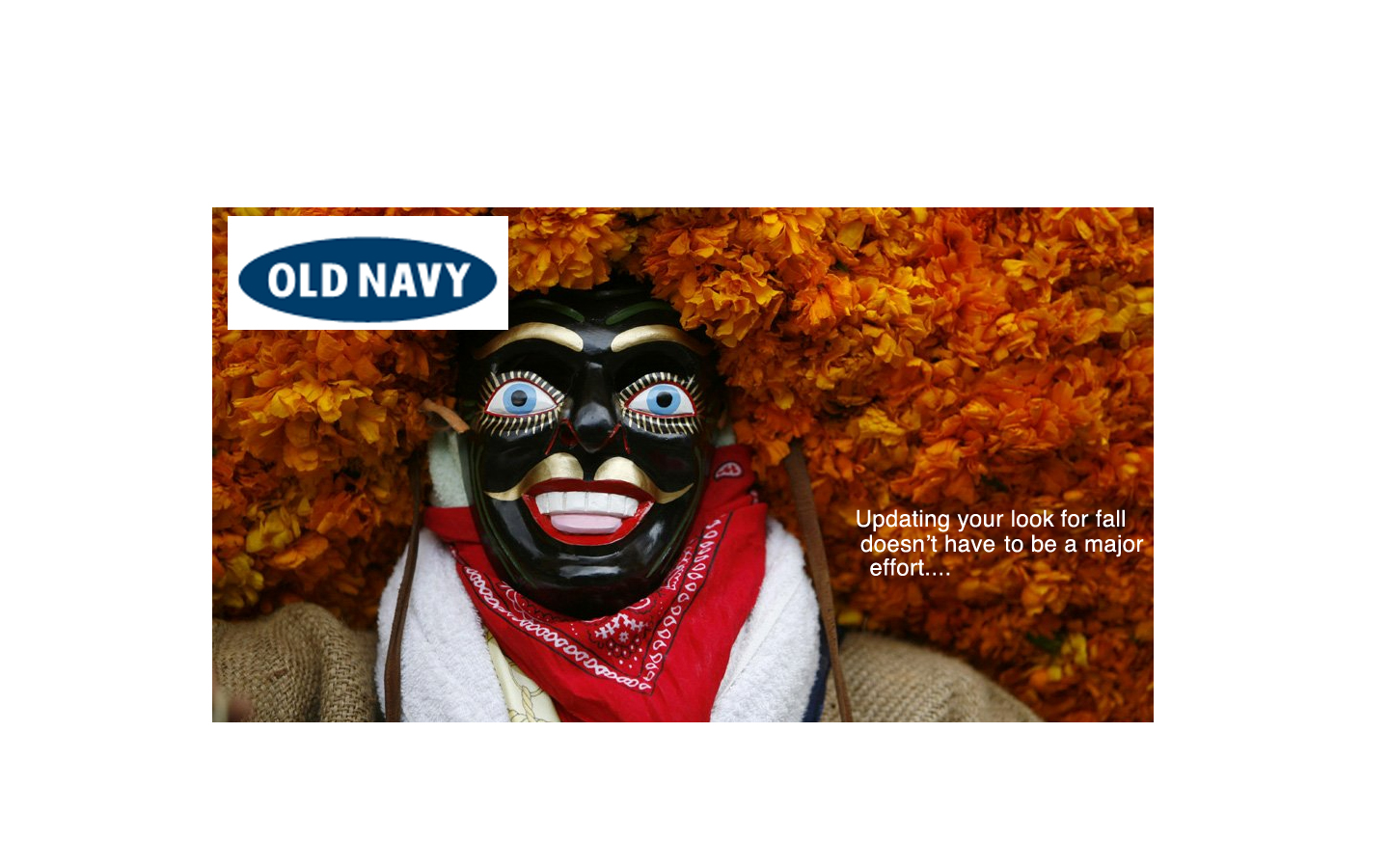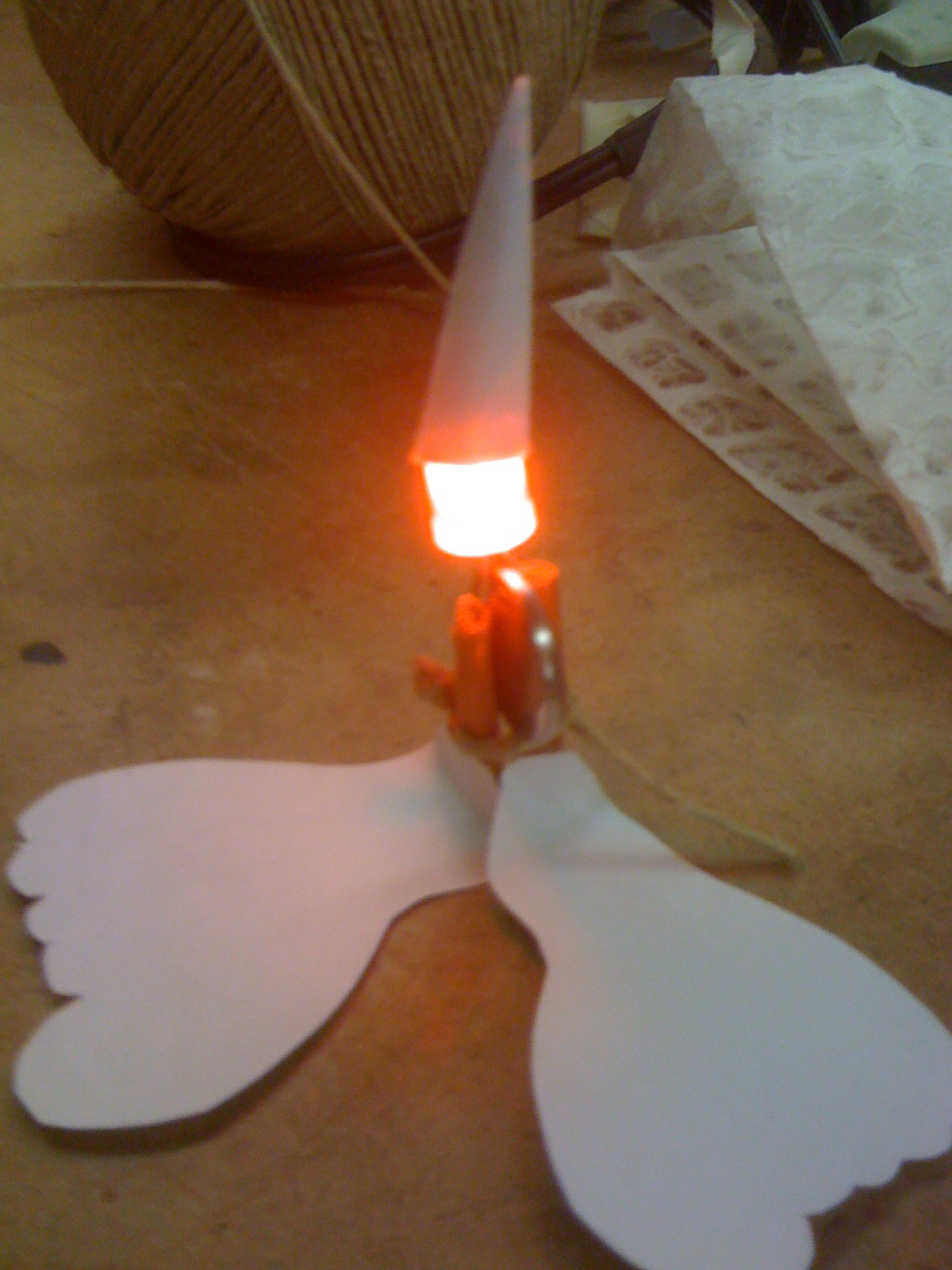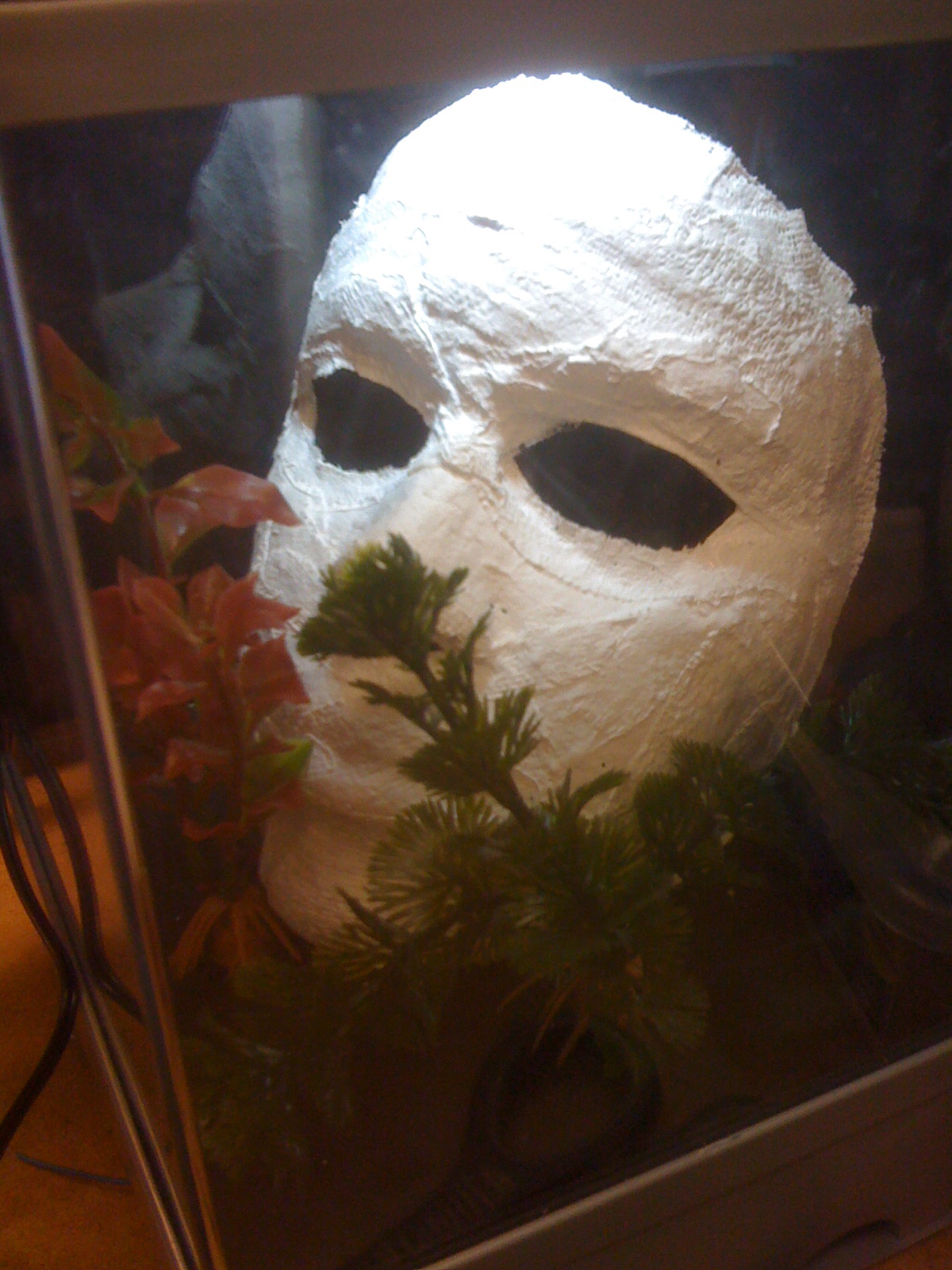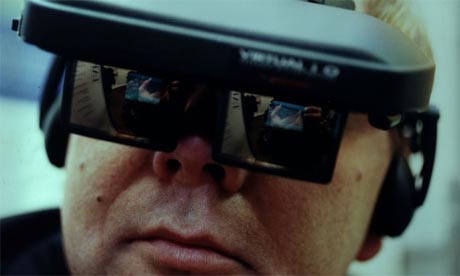Initially, for this assignment, I was kind of stuck on deciding what to do. Sometimes it feels a little intimidating to show media work at school, since there are so many media pros attending the program. Chris sent the class a link to examples of recontextualization pieces by other artists. This helped focus my thoughts on what to do, though I might have gone a little overboard.
Recontexutalization, as I understood it, was to repurpose a media for something else and, in doing so, changing the meaning of the original. So, for my project, I felt inspired to dub one video with a second video’s soundtrack. For the visual/video portion, I found a religious puppet video sharing a message about religion. For the sound portion, I found a clip of Pulp Fiction where Samuel L. Jackson’s character eventually recites a line from the book of Ezekiel and then shoots almost everyone in the room.
It was really quite difficult to get the mouth movements of the puppets to properly match the spoken words of Pulp Fiction; it was tedious work. But, I’m happy with how it turned out.
Religious Fiction from Allison Walker on Vimeo.
Later, in coming to a realization that perhaps I’d gone overboard, I made 2 still image recontextualizations.
